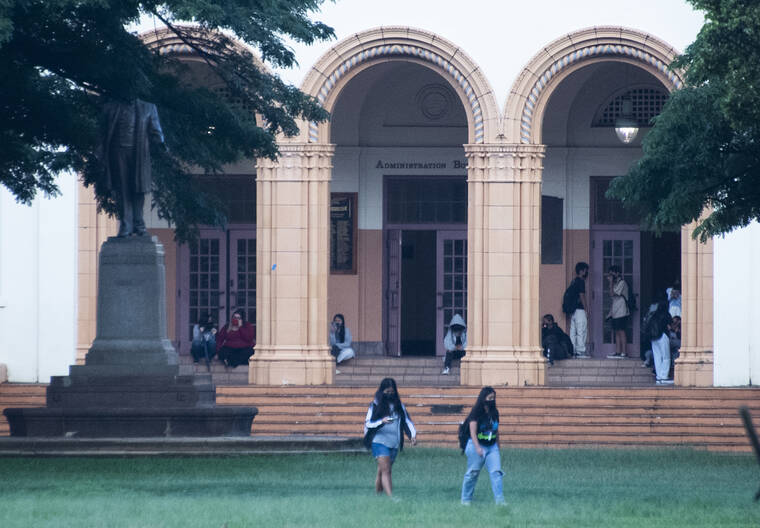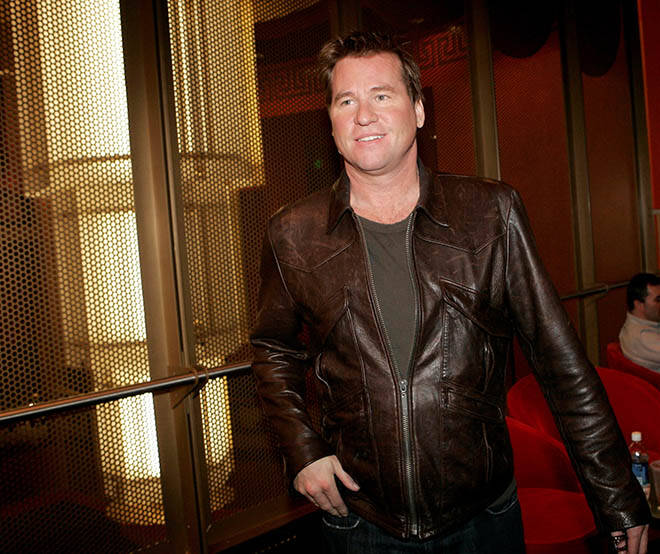Retention rate of Hawaii public school teachers after 5 years of employment just over 50%

CRAIG T. KOJIMA / CKOJIMA@ STARADVERTISER.COM
The retention rate of Hawaii public school teachers after five years of employment stubbornly stood at just over 50% last year despite multiple state efforts, including an incentive program for teachers in hard-to-retain categories that has cost $34 million so far.
In the 2020-21 school year, just 51% of teachers were still employed after five years of work, according to the new report from the state Department of Education.
That’s down a notch from the 52% baseline from the 2016-17 school year, set by the DOE’s 2017-2020 Strategic Plan.
The goal had been to reach 60% by 2020.
It was 54% in the 2017-18 school year, and 51% and 55% in the subsequent years.
Retaining qualified and effective teachers for the long term is important, the report says, because students benefit from higher quality education as teachers gain experience and expertise, and because less time and money has to be spent on recruiting new hires.
Don't miss out on what's happening!
Stay in touch with breaking news, as it happens, conveniently in your email inbox. It's FREE!
In one slice of the strategy to solve the state’s chronic teacher shortage, the department since January 2020 has been paying shortage differentials to teachers in the areas of special education, hard-to-staff geographical locations, and Hawaiian language immersion.
Licensed special education teachers in special-education titled positions have received an annual differential of $10,000.
Teachers in “hard to staff” geographic areas, such as portions of Hawaii island, Maui and Leeward Oahu districts, have received differentials ranging from $3,000 to $8,000.
Hawaiian language immersion teachers receive a differential of $8,000.
The differentials have helped raise retention in those specific shortage categories. For example, the DOE said, there was a 16% increase in the number of licensed special education teachers; a 45% decrease in the number of non-licensed special education teachers; and a 43% decrease in the number of special-education teacher position vacancies.
But the differential program is relatively new, and more work remains to improve overall retention rates for all types of teachers, officials said.




